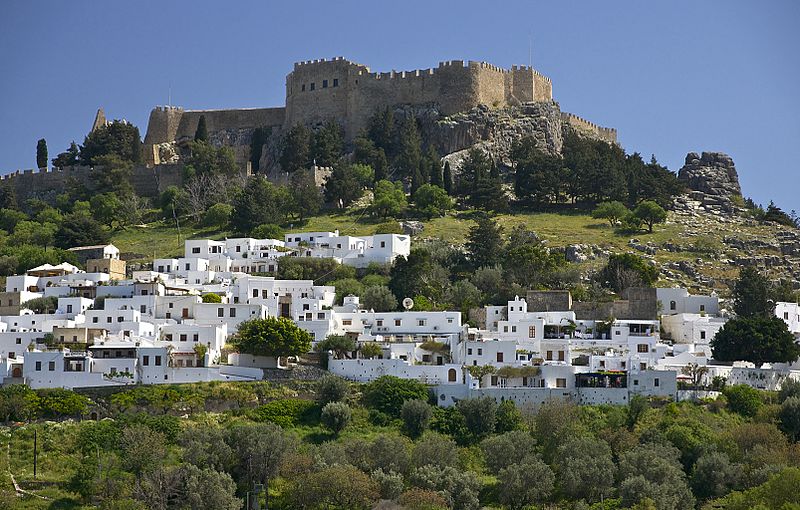April ended up being a jumble of get-aways and holidays (it’s a tough gig).
First up was a long weekend birdwatching and drinking in Devon.
Basing ourselves in Kingsteignton, a few early morning pre-breakfast watches took place over the Teign estuary, turning up Greenshank, Goosander, Common Sandpiper and (flying over – not swimming!) a Green Woodpecker.
A usual flexible itinerary began that took in a Cirl Bunting at Berry Head, with a side order of Guillemots, Gannets, Kittiwakes and Fulmars. A couple of Porpoises could be seen porpoising from the high vantage point on the edge of the cliffs. More Cirls were to be had at Labrador Bay – a sizeable foraging flock, with a bunch of Linnets, picking their way through the stubble field.
Drizzle at Broadsands was a bit of a dampener but it brightened up en route to the village of Shaldon (fun fact: Shaldon Ferry is the oldest passenger ferry in England). There was little of birdy interest here save a hefty squadron of Shelduck but there was news of a possible Alpine Swift in Teignmouth that needed checking out. The Alpine Swift is a muscular version of our own swift, and one had been roosting in a local church. Some of the group heroically loitered around for three hours for the swift but it didn’t return to roost – probably out clubbing or something.
Exminster Marshes seemed to have collared the market for Chiffchaffs as every bush, tree and twig seemed to have one of these little warblers chip-chirping away on it. Plenty of ducks and geese out on the wetlands, and quite a few blurry waders wavering indistinctly on the estuary backwaters.
There was more variety at the Bowling Green Marshes with Pintails and numerous Widgeon headlining. Waiting in the wings, Lapwings, Black-tailed Godwits, Dunlin and Redshank provided a decent supporting cast.
Aylesbeare Common is usually good for elusive Dartford Warblers, but they proved ever elusive as we couldn’t get a bead on a single one. Co-operative Stonechats provided a welcome sub-text, strutting their stuff atop the gorse.
Exmouth with its lively seafront and strange cloud formations provided the perfect stop-over (we won’t mention the miserable breakfast at the hotel) before concluding a long and very enjoyable break with Ham Wall and Shapwick Fen on the way home to Brum (just tea and toast – and you had to make it yourself!).
Somerset is never shy of suitable habitat with Ham Wall and Shapwick Fen offering up Marsh Harriers and Great White Egrets by the score. (There were some stale croissants and just an apple…OK, I’ll shut up now).
There were ducks out on the water – Pochard, Tufted, Mallard, Gadwall, Teal, and a shy Garganey hunkered down by an amiable Shoveller. A Spotted Redshank took the major plaudits, picking its way along the mudflats but the screen of reeds hid just about everything else that wasn’t on the water.
There were more exotic feathers to comb through on our family holiday in not-so-sunny Rhodes, the daddy of the Dodecanese Islands in Greece.
A few excursions out to the headland in Kolymbia clocked up some notable beauties: Blue Rock Thrush, Hoopoe (always a winner), Woodchat Shrike, Turtle Dove, Sardinian Warbler, Whinchat and Whitethroat. Circling overhead, a pair of Purple Herons seemed somewhat undecided as to where to put down, and a Rough-legged Buzzard dangled its unshaven legs brazenly from up on high.
There was much less going on during the steep walk up to the Holy Monastery of Panayia, sitting at the unnerving top of the hill next to the hotel. We only carried on because there was an elderly lady with a walking stick ahead, guilt-tripping us into persevering. However, she was unable to access the final steep ascent and we overtook her (in your face, elderly lady with stick!)
Rhodes is the largest of Greece’s Dodecanese islands and, apart from being famous as a disco stepper for the Colossus of Rhodes, it is well known for beach resorts, ancient ruins and the historic occupation by the Knights of St. John during the Crusades. Half-way down the coast between Rhodes old town and Lindos, our hotel in Kolymbia proved to be an ideal location. The Old Town of Rhodes features the medieval Street of the Knights and the Palace of the Grand Masters, now a history museum but once boasting painful capture by the Ottomans and once held hostage by the Italians.
Just down the road with twisty alleyways and whitewashed buildings, Lindos is the archetypal picturesque town on Rhodes, famous for its clifftop acropolis. The acropolis features huge 4th-century gates and reliefs from about 280 B.C. The Temple of Athena Lindia squats above an earlier temple and, on a lower level, is the 14th-century Castle of the Knights of St. John.

Its not often you get to check out a sponge industry but that’s what was occurring on the island of Symi, a short boat ride out of Rhodes taking us into the harbour town of Symi. Apart from sponges, the island does a nice line in major churches (thirteen at the last count) as well as dozens of chapels, some dating back to the Byzantine era.
On the way back, a detour delivered us to the Monastery of the Archangel Michael, a Greek Orthodox monastery still inhabited by monks.
That’s the culture and nature done – now for the recreational pics:




































































